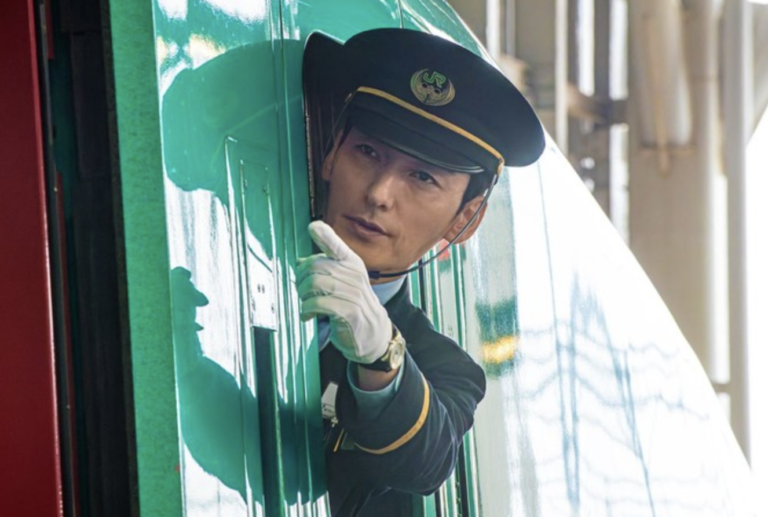
©Courtesy of Netflix
“Bullet Train Explosion” : This film is a reboot of the original movie The Bullet Train, from 50 years ago which inspired the Hollywood blockbuster Speed. Director Shinji Higuchi, known for merging spectacular visuals with human drama in works like Shin Godzilla, creates another panic-suspense thriller, depicting the intense struggles of those racing to save lives under extreme conditions. This film stars Tsuyoshi Kusanagi, reuniting with director Higuchi after Doomsday: The Sinking of Japan. With special cooperation from the East Japan Railway Company, the production used real bullet trains and railway facilities to craft extremely realistic visuals, which were seamlessly enhanced with cutting-edge visual effects. Packed with non-stop suspense, this high-stakes thriller will keep audiences breathless from start to finish.
Director : Shinji Higuchi
Producer : Kota Ishizuka
Screenwriter : Kazuhiro Nakagawa, Norichika Oba
Distributor : Netflix
Production Co : Episcope, Inc., Netflix
Genre : Action, Crime, Drama, Mystery & Thriller
Original Language : Japanese
Release Date (Streaming) : Apr 23, 2025
Runtime : 2h 14m
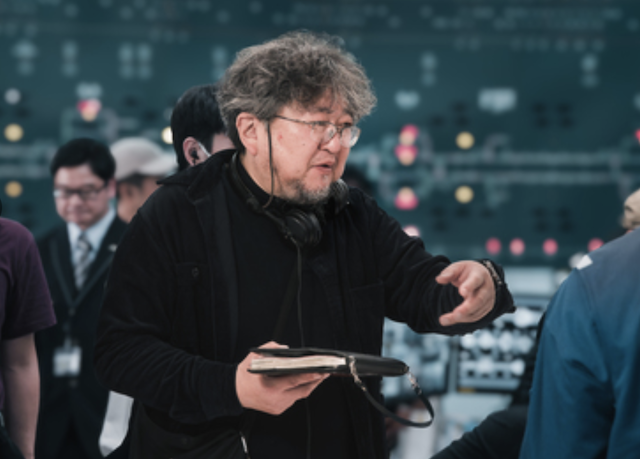
©Courtesy of Netflix
Exclusive Interview with Director Shinji Higuchi
Q : Mr. Higuchi, when did you see the 1975 version of “Bullet Train” which is starring Ken Takakura? What was your impression of it, and how did it lead you to make this film?
Shinji Higuchi :While in the fourth grade of elementary school, I went to see the movie on its release day. My love affair with movies began, when I enjoyed monster movies, but as time went on, I began to lose my enthusiasm for them. In that circumstances, my interest gradually shifted from monsters and heroes to panic movies in general.
At that time, movies such as “Towering Inferno” and “Airport” were popular in the United States. In Japan, there were many such films being made, such as “Submersion of Japan” and “Catastopher 1999”. The special effects elements that made me happy were gradually shifting towards the ‘panic films’, with a greater amount of money being spent on them.
Around the same time, I came across a poster for a movie about a bomb on a bullet train that could explode, and it did. Upon seeing that, I made an effort to go because I was curious about the existence of such an incredible movie. But instinctively, I was still in elementary school at the time, so I was at a point in my life where I could only see a movie if my parents took me or if I got their permission.
I had an intuitive feeling that they wouldn’t permit me to do this. I wanted to see the movie as soon as possible without telling my parents, so at the time, Saturday school was only in session for half the morning, so I skipped it and went to see the movie at the theater.
This was my first time breaking a social rule. And when you watch the movie, it’s not just an explosion; unlike other disaster, it’s not an accident, it is still considered as a crime. I felt guilty for having committed the crime (skipping school), and the criminal in the movie linked that to why he set the bomb on the bullet train, and how the people who set the bomb, took the ransom, and aimed to commit the perfect crime, their plan was falling apart, and one by one, their friends were dying.
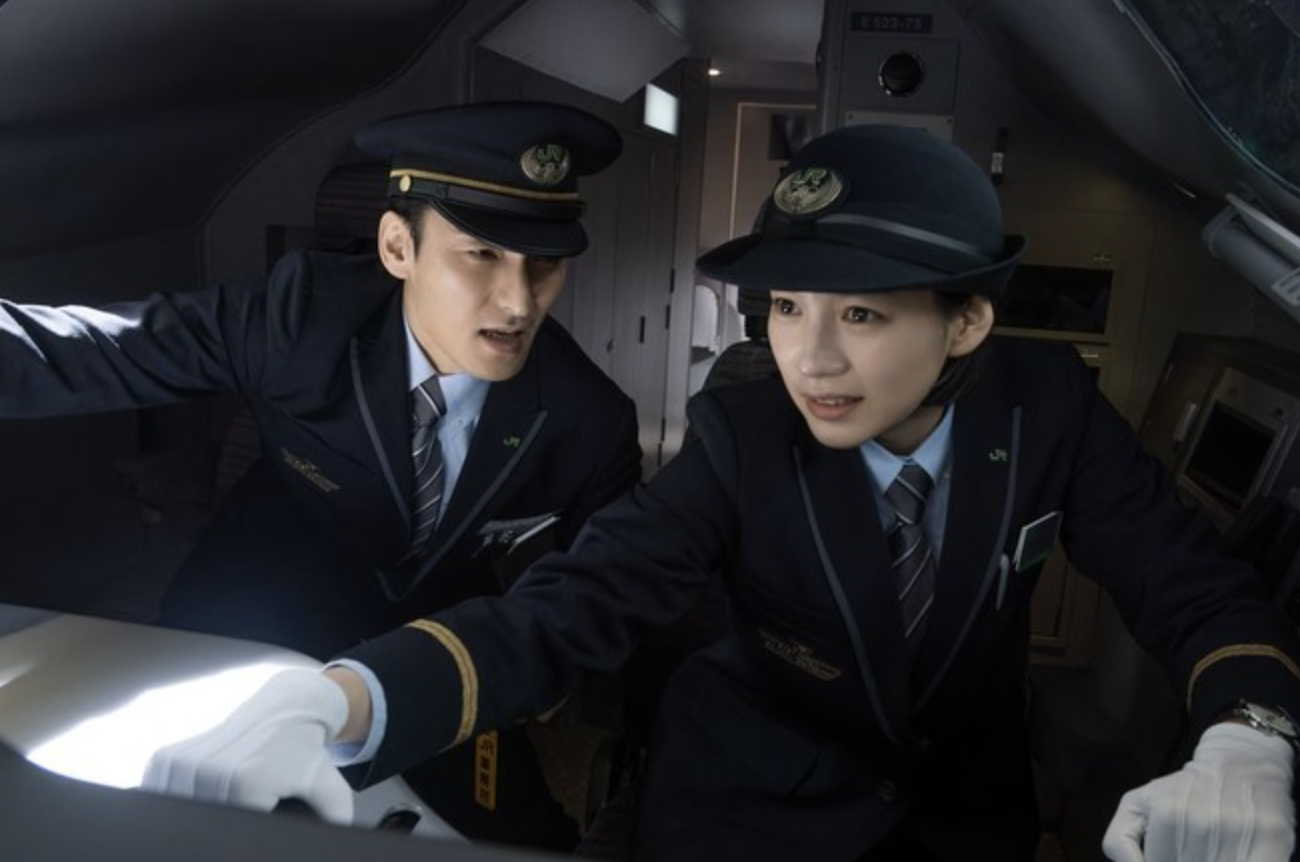
©Courtesy of Netflix
As a fourth grader, I found the movie quite shocking. Seeing a film that was both entertaining in its explosions and a cautionary tale with a social dimension gave me a huge impact on me. Although it was entertaining, it was also bittersweet and heavy-hearted, and that really affected me at the time. Or rather, I felt like my heart was being ripped open.
I hadn’t seen many movies where characters died at that time. Although there were many movies in which people died, this was the first time I saw a movie in which a person I was emotionally attached to died an unreasonable death. I found it fascinating in a way, but it also had a significant impact on me and will always hold a special place on my list of favorite movies.
In addition, during that time, or perhaps even today, there was a collective criticism of these films, and it was interpreted as a criticism of the film itself. Although the movie “Bullet Train” was criticized for something that couldn’t be happening, I grew up believing it was very interesting for me, so I was questioning why did people say that?
After declaring my love for this (original) film for such as long time, a Netflix producer named Yoshihiro Sato asked me, ‘Why don’t you give it a shot to make one?” It was requested of me to do it. When I take a deeper look, I have been making movies for Toho, the company that produces Godzilla, but Toho is only known for producing family-friendly movies. In fact, they are not allowed to make the film like “Bullet Train.”
They had a catch phrase at the time that said bright and fun was a Toho movie. Toho does not have many films about criminals. There were films in which the characters were actually the good guys, but turned out to be criminals, but there were not many films made with criminals as the main characters. (Toei was the same company that made the original “Bullet Train” and I think Toei was a company that really valued stories about outlaws and people who were outcasts of society. Netflix has been known to feature stories about people who aren’t walking on mainstream as evidenced by “Tokyo Swindlers,” “The Queen of Villains”, and even “The Naked Director.”
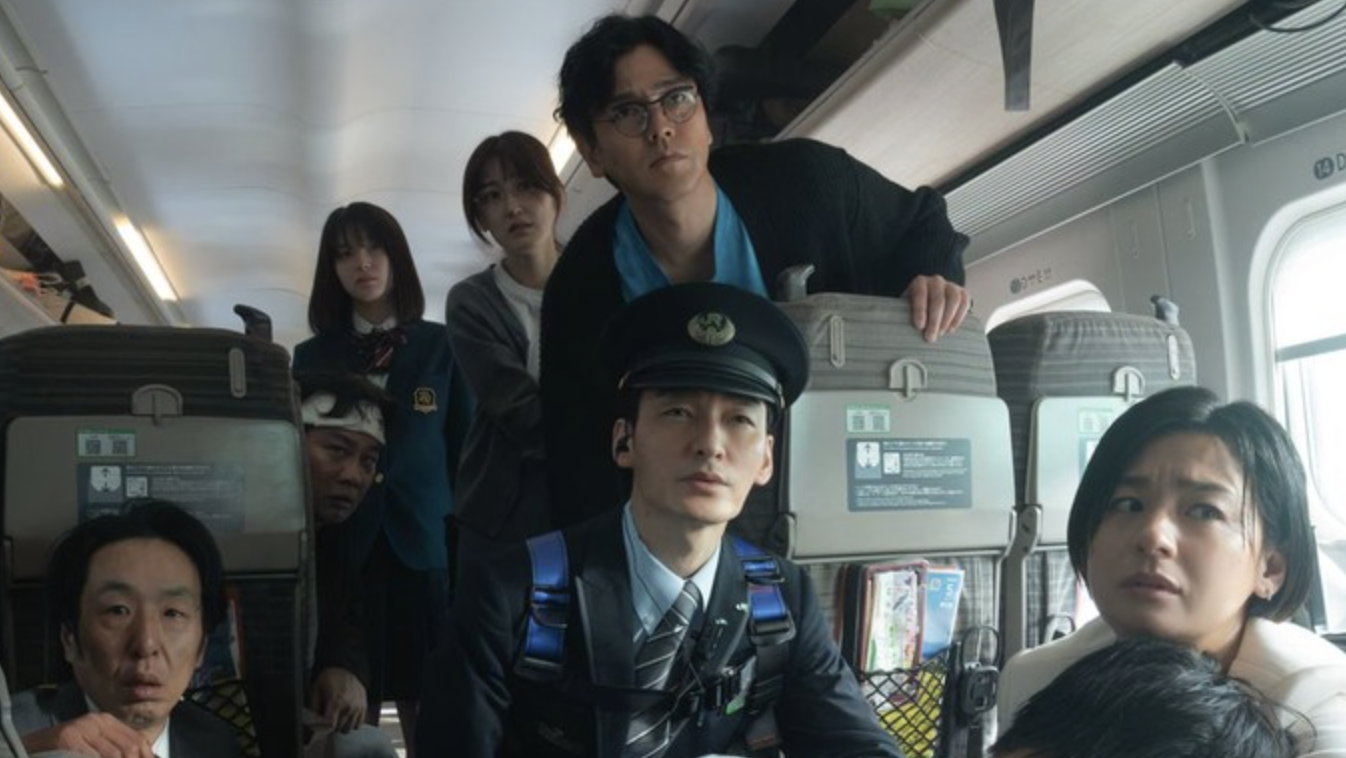
©Courtesy of Netflix
Q : The original film focused on the interaction between police and a group of criminals starring Ken Takakura, but this time the protagonist is a conductor of a bullet train, and the plot revolves around him. What was the inspiration behind making the conductor the main character this time?
Shinji Higuchi: I simulated the situation of a bomb being placed on a moving bullet train that couldn’t stop, and I believed that the conductor would be the most challenging person to work with that kind of situation. Additionally, there are currently only a few members on the crew. I believed it would be a very demanding job for one person to manage several hundred passengers.
How would the conductor handle the situation? In my opinion, this would be the most crucial element of the story, so I arranged it as a conductor this time. There were more crew members on the train in the original film. The promotion of labor-saving measures has resulted in almost no people riding the train in today’s world. At that time, the train had a large number of people on board. I thought it was a matter of how to control these people, and ultimately this would lead to interactions with the criminal. But I can’t say who the culprit is yet…lol
Q : Mr. Tsuyoshi Kusanagi is portraying the role of the conductor in this drama, and judging from his different projects, such as “Good Person”, “Ninkyo Helper”, and the movie “Midnight”, I find him to be a very attractive actor with a wide range of acting skills. He also seems to be an actor who brings out the best in his co-star’s performance. You worked with Kusanagi-san once on the film “The Doomsday : The Sinking of Japan”. What elements of his work made you want to work with him again?
Shinji Higuchi: “The Doomsday : The Sinking of Japan” was almost 20 years ago, and while he was a very attractive actor 20 years ago, and I am very glad that I did it, many things have happened in the 20 years since then, and his life has had its ups and downs, to say the least, and based on those experiences he has been able to overcome them. After overcoming those experiences, the depth of his expression as an actor came to the fore in these years. Well, he is now 50 years old when you realize it, so in a sense, he is no longer an idol member from SMAP.
I pondered how he could be depicted as a mature man and how he would stand up to the world. Every time I saw him in films directed by different people, they were wonderful in their own way, but I began to have a vague feeling of ‘What would I have done if I made those films?’
I was of the impression that Kusanagi would be a suitable replacement for “Bullet Train Explosion” this time. I had a sense of his charm, of a man who is very rule-abiding and self-disciplined on the surface, but of a madness that tries to destroy his inner self, which I sometimes saw him play in his roles.
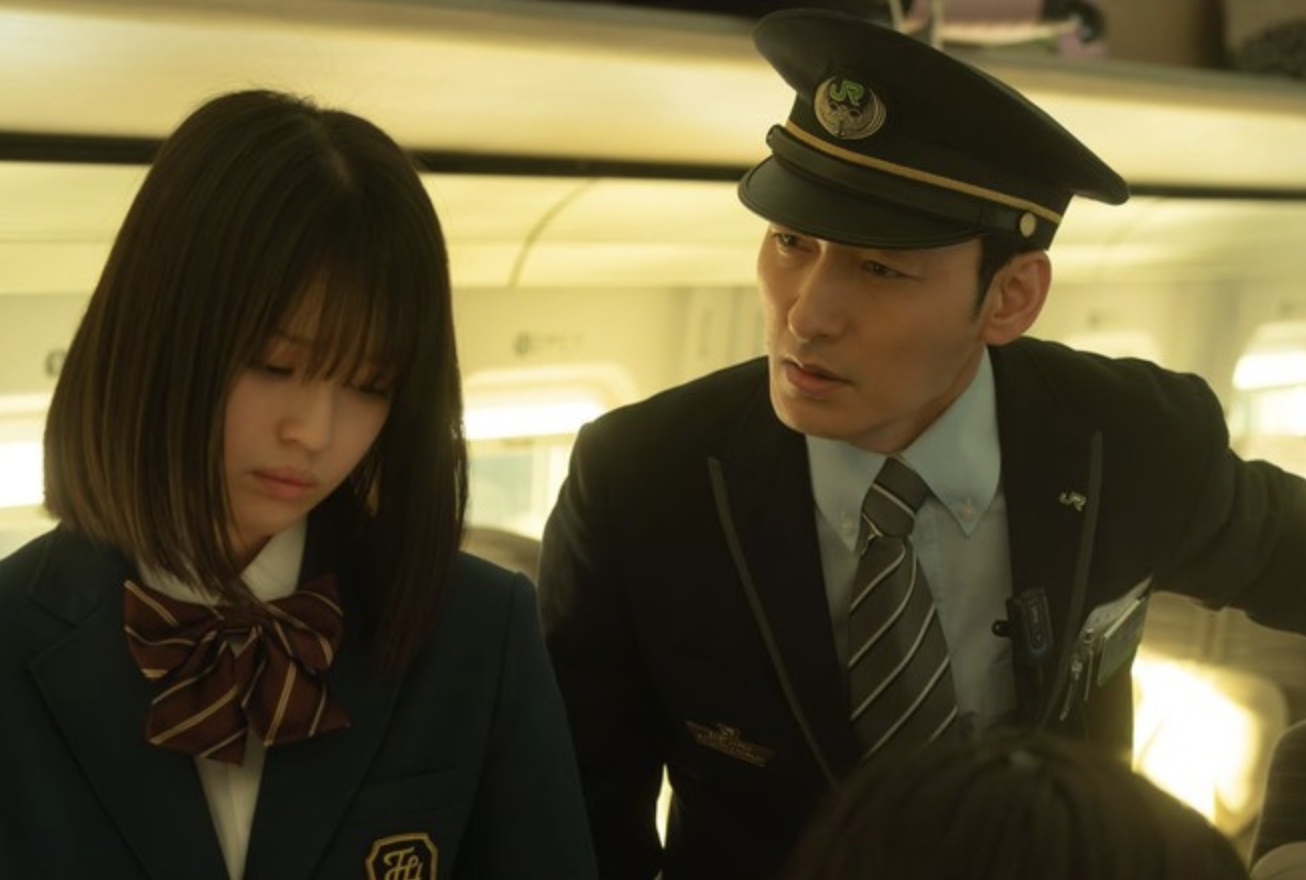
©Courtesy of Netflix
Q : I heard that you built a full-scale Shinkansen train car in a huge logistics warehouse in Kisarazu. How did you create the difficult scenes such as the derailment of the bullet train and the explosion scene?
Originally, it would have been better if we could have built it closer to Tokyo, or in a studio of a film company like we usually use. However, the bullet train itself was too big to fit in the set, and with only one car, it was not possible.
We had to have a stroke (length of the train) of at least one and a half seconds, or we would have to detach the train during the filming. So, we had to go to Kisarazu to find a place where we could freely use that much space.
To ensure that the bullet train was exactly the same, we had to consider certain elements, such as chairs, interior walls, window frames, and so forth, so we chose to borrow the real thing. Before that, there were several big earthquakes in the Tohoku region, which is not a good thing. However, there were several aftershocks like the one on 3/11, and one of the Shinkansen trains derailed.
Due to the big earthquake, the train derailed and became stuck. It was decided that it was not suitable for commercial operation. However, the train was left in Hokkaido as a training facility for the crew. We borrowed the contents of one of the cars, but we couldn’t bring the whole car (it was too long), so we took all the parts inside in pieces and transported it to Kisarazu, where it was used.
But it was a clean one, and I had to return it clean, so I asked him if he had any vehicles that were not so dirty, and he said that they were already retired and were being scrapped more and more. I asked if there were any cars that were not retired cars that were being scrapped, so I borrowed one that had not yet been scrapped. However, strictly speaking, the shape was slightly different (from the current one), so I had some technical modifications made to make it look like the current one.
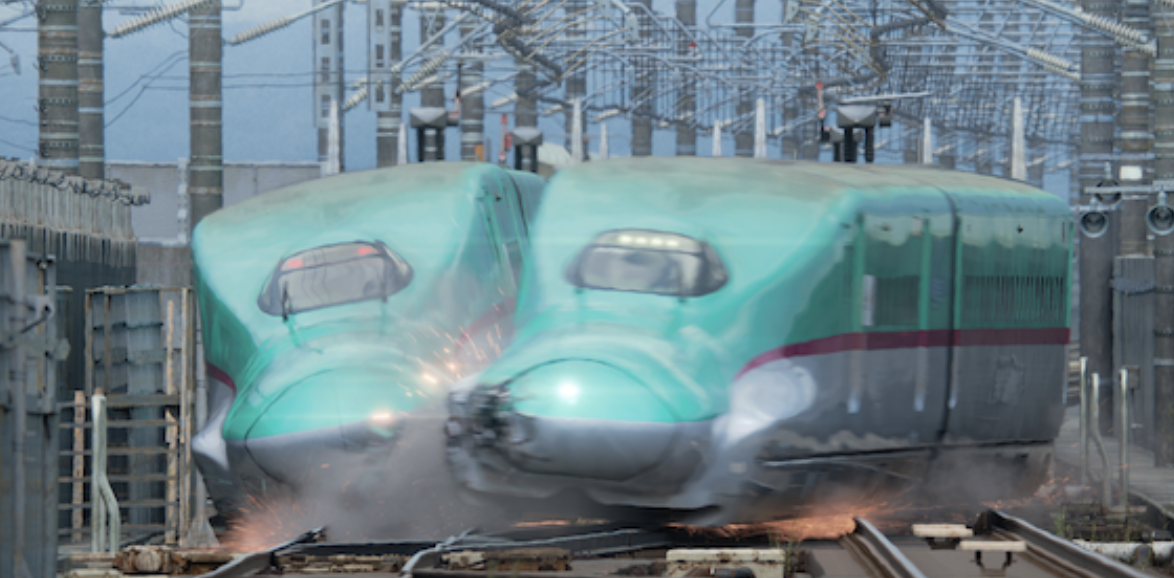
©Courtesy of Netflix
If you like the interview, share your thoughts below!
Check out more of Nobuhiro’s articles.
Here’s the trailer of the film.

